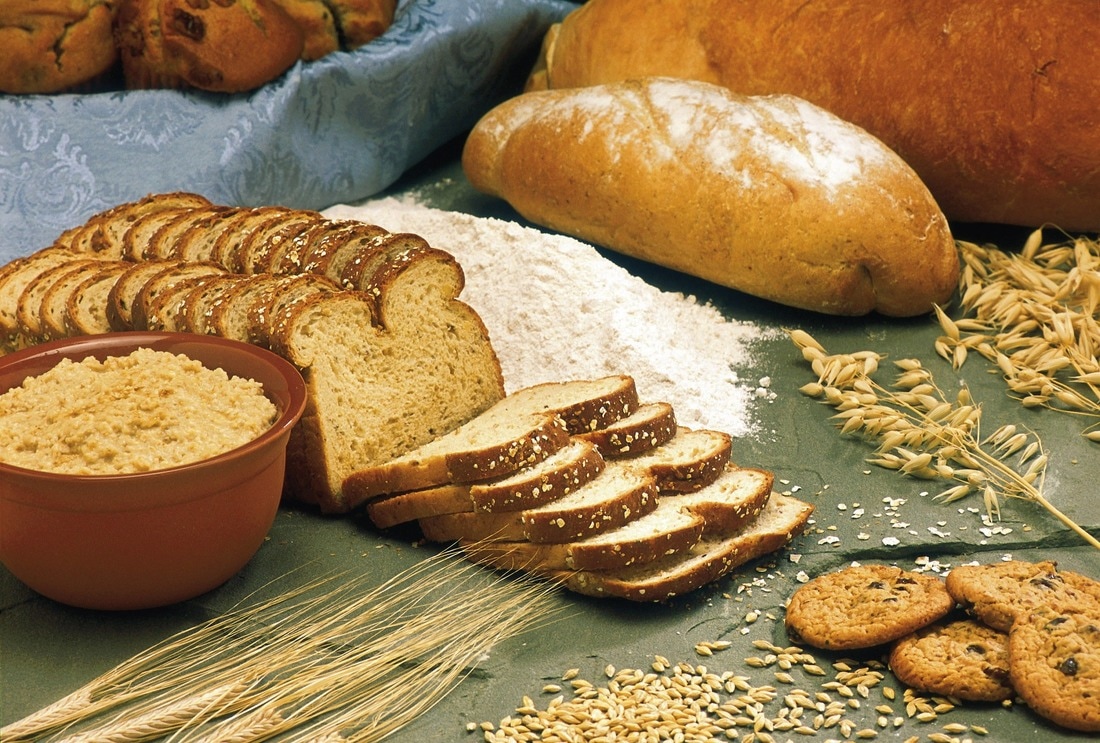|
CAMBRIDGE, MASS. -- Recommendations that the public shift some or all of their bread intake to whole wheat from white may be misguided, according to a recently published scientific study. After conducting a trial in which subjects consumed whole wheat sourdough bread for one week and white bread for one week, researchers said neither bread type generated “significant differential effects” measured against numerous clinical parameters.
Also read, Canadians gobbling up all-day breakfast at fast food chains. Instead of finding that shifting to whole grain bread would be consistently healthier, the researchers advocated for a personalized approach based on measurable outcomes that vary by individual. The study, “Bread Affects Clinical Parameters and Induces Gut Microbiome-Associated Personal Glycemic Responses,” was published in the June 6 edition of Cell Metabolism and was written by a team led by Tal Korem, a researcher in the Department of Computer Science and Applied Mathematics of the Weizmann Institute of Science in Rehovot, Israel. Other contributors are in the school’s Department of Molecular Cell Biology and the Department of Immunology. “The gut microbiota composition remained person specific throughout this trial and was generally resilient to the intervention,” Mr. Korem said. “We demonstrate statistically significant interpersonal variability in the glycemic response to different bread types, suggesting that the lack of phenotypic difference between the bread types stems from a person-specific effect.” The stakes for clearly understanding the healthfulness of bread is difficult to overstate. The researchers noted that bread is a key element of the human diet, consumed by billions and accounting for about 10% of adult caloric intake globally. Evidence of the healthfulness of whole grains is considerable but inconsistent, the researchers said, citing numerous studies showing higher whole grains intake associated with lower mortality and reduced risk of cancer, diabetes, cardiovascular disease and metabolic syndrome together with better glycemic control, cholesterol levels and blood pressure. “Conversely, some of the above studies show improvement in only a handful of clinical markers and additional large-scale interventional crossover trials show no significant effect on these disease-risk markers,” the researchers said. “Yet additional studies claim that whole grain bread consumption may lead to a decrease in mineral absorption.” While bread has been a staple for thousands of years, researchers highlighted changes adopted in the production of bread over the relatively recent past. The use of baker’s yeast has become popular only in the last 150 years, and additives and emulsifiers popular in commercial bread represent an even more recent change. In the study, the researchers performed a randomized crossover trial on 20 healthy subjects “comparing the effects of traditionally milled and prepared whole grain sourdough bread and industrial white bread made from refined wheat on multiple clinical and disease markers and on the composition and function of the gut microbiome.” The trial consisted of two one-week periods of dietary intervention separated by a two-week washout period. Half the subjects began with a week of a popular white bread while the remaining subjects began with a week of sourdough-leavened bread baked using traditional methods in an artisanal bakery. The subjects were instructed to eat bread equating to 50 grams of available carbohydrates each morning, which translated into 145 grams of sourdough and 110 grams of white bread. Additional bread was consumed with other meals over the course of the day. Other wheat products such as pasta were to be avoided during the trial. To calculate microbiota population, the researchers sequenced DNA produced from stool sampled collected on baseline days and outcome days. The treatments were not predictors of health outcomes. “We found no significant difference between the two treatments both for the primary outcome measure of this trial, glycemic control, which we quantified using the response to an oral glucose tolerance test and wakeup glucose levels, and for 18 secondary outcome measures,” the study said. The researchers found that the type of bread that would induce a lower glycemic response in each subject could be predicted “based solely on microbiome data prior to the intervention.” To the researchers, the results suggest a different approach should be considered when considering what kind of bread to eat. “The lack of differential treatment effects between white and sourdough bread implies that either the two breads exert similar effects within each individual or, more intriguingly, that the effect of each bread is person specific such that, averaged across subjects in the cohort, bread type does not affect the overall average,” the study said. The glycemic index for the two bread types differed considerable — 70 for white bread and 54 for sourdough — perhaps making the results surprising. The results were not random. “We show marked and highly significant interpersonal variation in the glycemic response to the two types of bread, with some subjects featuring a higher response to one bread and some to the other,” the researchers. “We further show that the type of bread that induces higher glycemic responses could be predicted for each subject using only microbiome data. “Understanding the interpersonal variation in the effect of bread, one of the most-consumed staple foods, would allow the personalization of bread-related nutritional recommendations and optimization of food choices worldwide.” The researchers conceded that further research is needed to validate the study results but expressed the view the ramifications of the findings could prove great. “Understanding the effect of different foods on clinical parameters is a first step toward combining different foods in order to personally tailor diets that produce clinical effects,” they said. SOURCE Josh Sosland, Baking Business News
0 Comments
Leave a Reply. |
Advertisement
News & Updates
Stay informed with the latest news around foodservice, agriculture and other related food news. Advertisement Opportunities
|


 RSS Feed
RSS Feed


